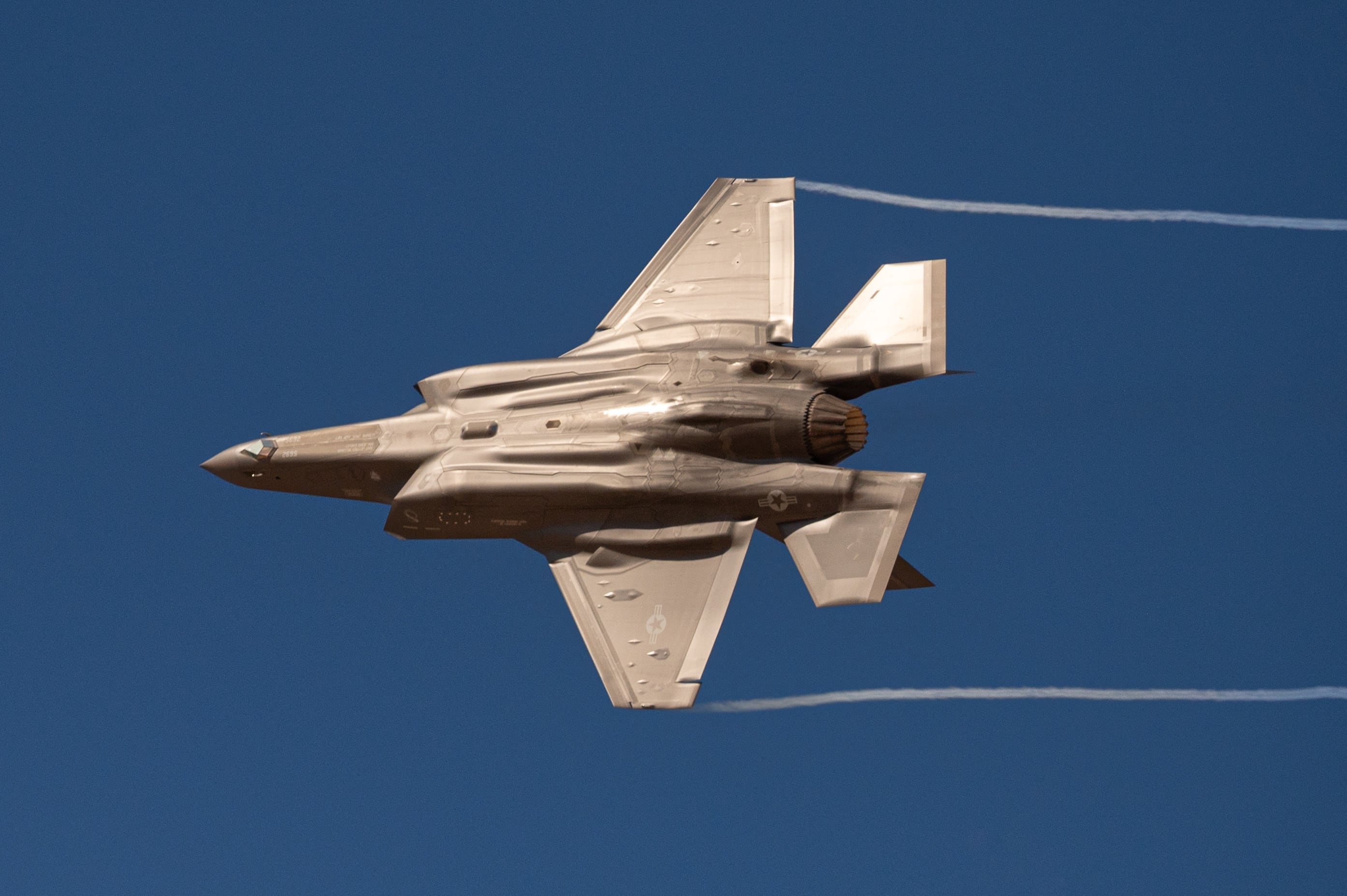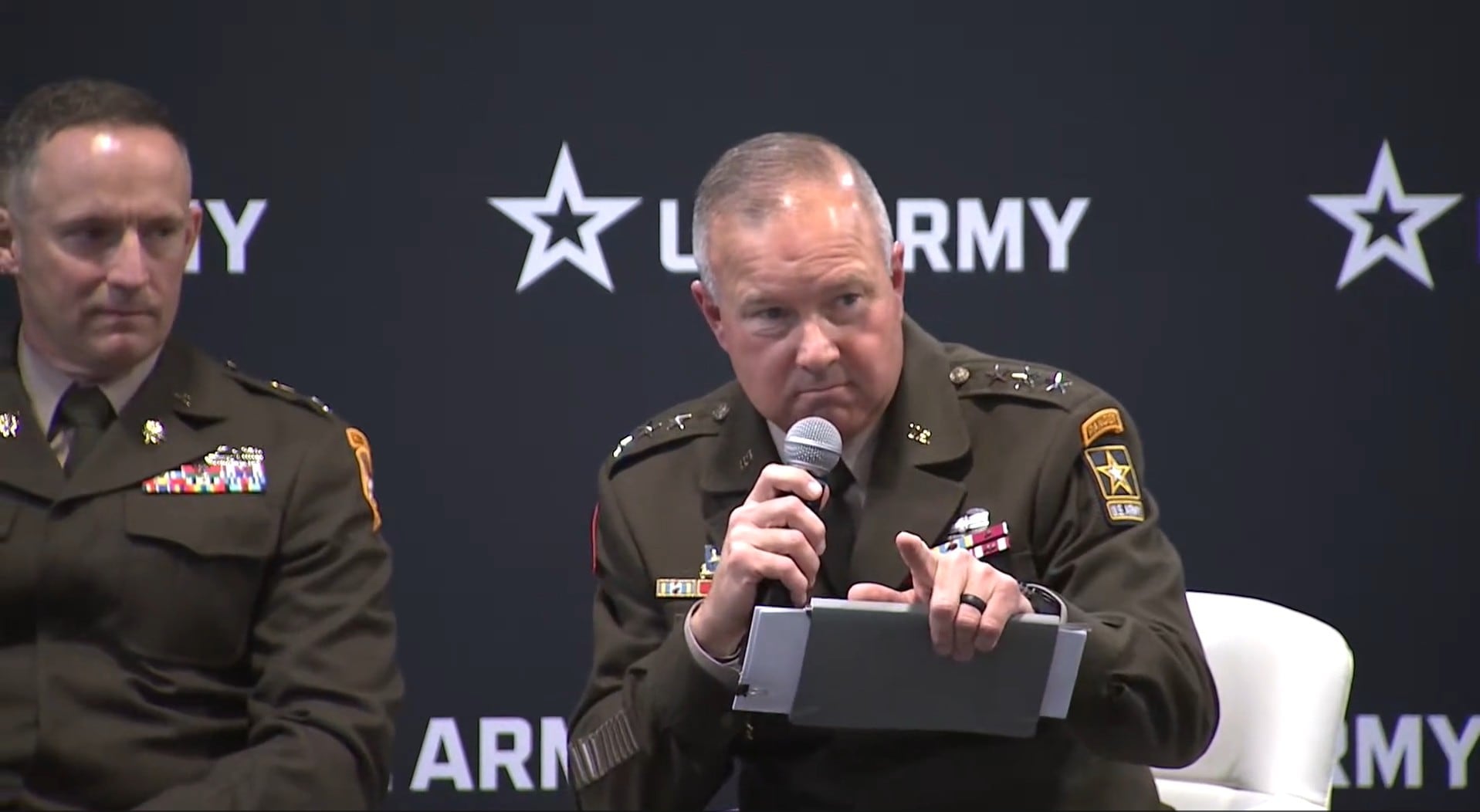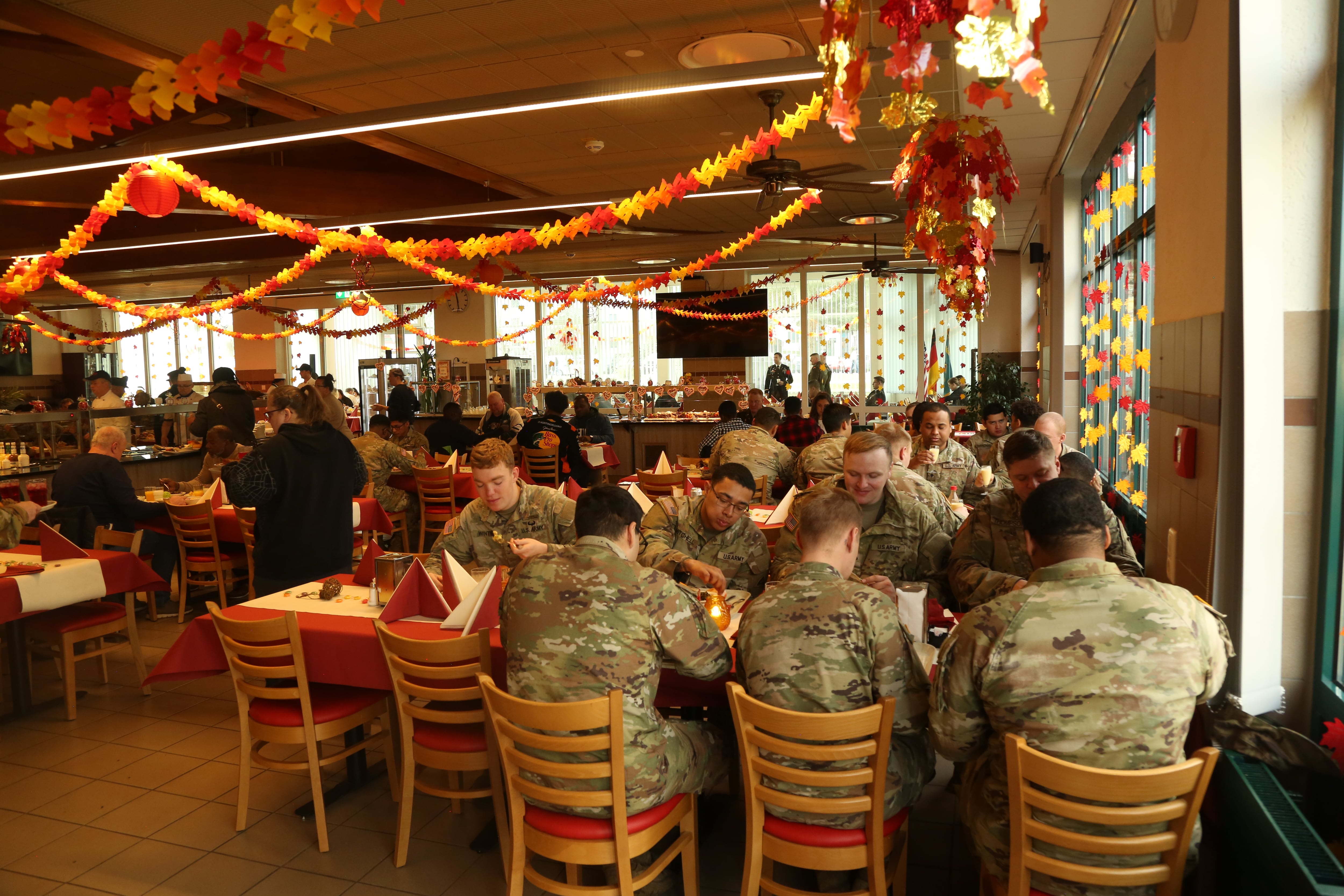Advanced stealth capabilities, new weapons and possibly even an unmanned piloting option could be in the works for Lockheed Martin’s F-35 as the company seeks to boost the jet with sixth-generation technology.
In a webcast of a Wednesday discussion at the Bernstein Strategic Decisions Conference in New York, Lockheed CEO Jim Taiclet expressed confidence the company could have a “meaningful increase” of capabilities for the F-35 ready in two or three years.
Lockheed originally developed these technologies as part of its pitch to the Air Force for a Next-Generation Air Dominance, or NGAD, fighter. But the Air Force ended up going with Boeing’s proposal, and President Donald Trump in March announced NGAD would be called the F-47.
Lockheed hopes to salvage its NGAD loss by making the F-35 more capable and attractive. Taiclet has claimed porting its NGAD technology into a “supercharged” F-35 will allow the company to deliver 80% of the capability of an NGAD fighter at half the cost.
In an April earnings call with investors, Taiclet said Lockheed would “take the [F-35’s] chassis and turn it into a Ferrari.”
That could include upgrading the F-35’s stealth coatings to help it evade infrared and radar signals and tweaking the fighter’s outer body shape, particularly its engine inlets and outlets, to make it stealthier, Taiclet said.
A fifth-generation-plus F-35 could also have better electronic warfare capabilities, networking and autonomy, which could be used to make the jet “pilot-optional,” Taiclet said.
Some weapons designed for a sixth-generation aircraft could also be folded into the F-35’s arsenal, he said.
Some of these capabilities could be ready for a first flight and integration into the F-35 in two or three years, Taiclet said, but he cautioned the technology development has to be rolled out in stages.
“You cannot introduce too much new equipment or too much new software at once, necessarily, without interrupting the production flow,” Taiclet said.
Lockheed Martin is also looking for ways the F-35 can better interface with other aircraft, including sixth-generation planes, drones such as collaborative combat aircraft and other technologies as part of the Air Force’s “family of systems” concept.
“This is the way to look at the air superiority program of the future,” Taiclet said. “It’s not just plane-to-plane, what’s faster, what turns tighter, what’s got the longest duration of flight, but how it interacts and can interact with a wider ecosystem to create air superiority.”
Taiclet also provided an update on the F-35’s Technology Refresh 3 upgrades and the effort to get the newest Joint Strike Fighters ready to fly in combat.
The upgrades, also known as TR3, include an improved core processor for the F-35, better memory and a more sophisticated display for pilots. The development of that hardware is done, Taiclet said, and it’s being produced at scale by L3Harris. He said the TR3 software integration to tie the new pieces of equipment into the jet is also done.
F-35s are now moving through production lines, primarily at Lockheed’s Fort Worth, Texas, facility, and are having TR3 hardware and software installed, he said.
Those new F-35s are also receiving a new distributed aperture system, which is six antennas positioned around the jet to boost its sensing capability. The distributed aperture system is the first piece of hardware needed for a more significant upgrade known as Block 4.
However, integrating that new sensor set and its own software with TR3 has presented a new challenge, and is now “a little bit behind schedule,” Taiclet said.
“Once that catches up, we think by the end of this year, then all those aircraft that have been delivered will be combat capable, and allowable to be at the front-line base for the services and for our allies,” Taiclet said.
Stephen Losey is the air warfare reporter for Defense News. He previously covered leadership and personnel issues at Air Force Times, and the Pentagon, special operations and air warfare at Military.com. He has traveled to the Middle East to cover U.S. Air Force operations.





